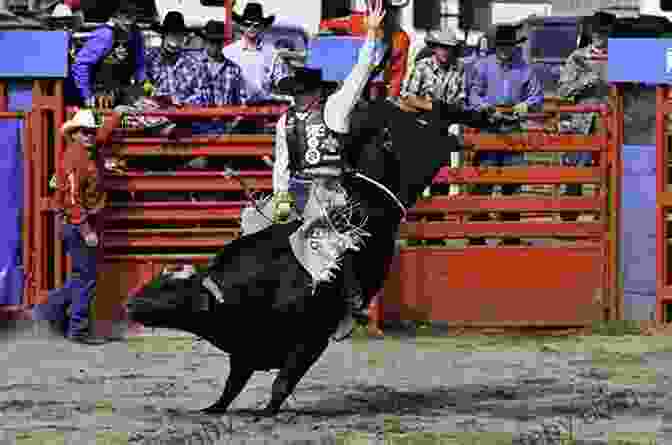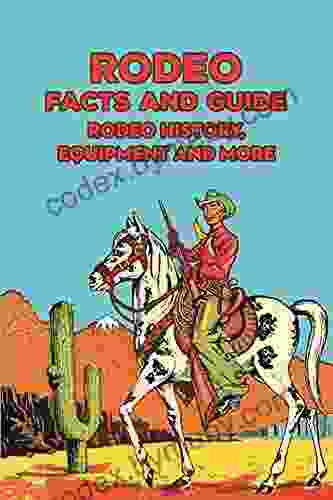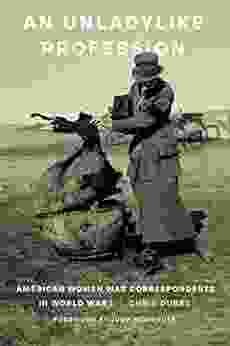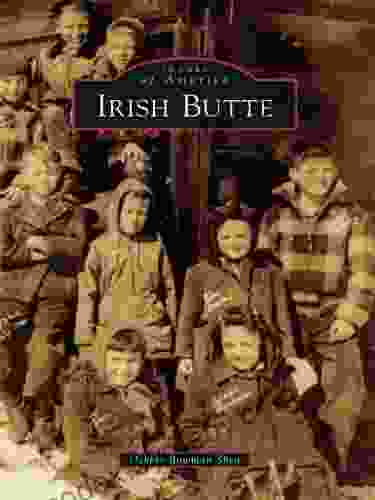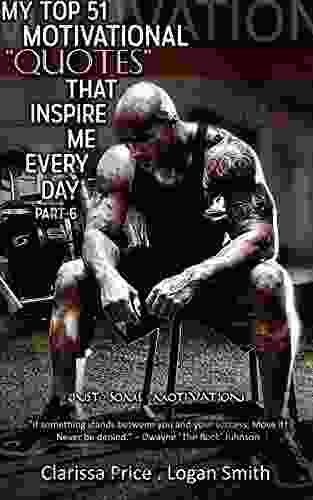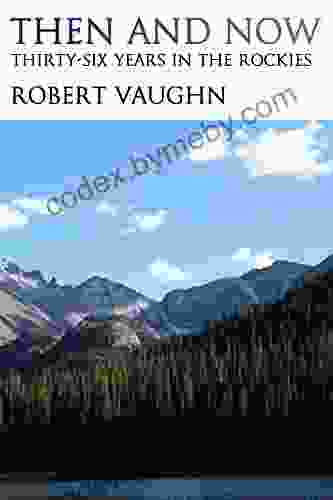Prepare to immerse yourself in the electrifying world of rodeo! This comprehensive guide will take you on an unforgettable journey through the history, events, rules, and captivating stories that shape this thrilling spectacle. From the daring feats of bull riding to the heart-pounding speed of barrel racing, our guide will unveil the essence of this iconic American tradition.
5 out of 5
| Language | : | English |
| File size | : | 24108 KB |
| Text-to-Speech | : | Enabled |
| Screen Reader | : | Supported |
| Enhanced typesetting | : | Enabled |
| Print length | : | 48 pages |
| Lending | : | Enabled |
A Historical Stampede: The Origins of Rodeo
The roots of rodeo can be traced back to the 19th century ranching culture of the American West. Cowboys developed skills in handling cattle and competing against each other to showcase their prowess. These informal contests evolved into organized competitions, giving birth to the thrilling sport we know today.
The first official rodeo event was held in Pecos, Texas, in 1883. However, it was not until 1910 that the first national rodeo organization, the Rodeo Association of America (RAA),was established. The RAA established standardized rules and regulations, paving the way for the professionalization of rodeo.
Rodeo Events: A Test of Skill and Courage
Rodeo events are designed to showcase the cowboy's mastery of horsemanship and animal handling skills. Each event requires a unique combination of speed, agility, and courage.
Bull Riding
Bull riding is arguably the most iconic rodeo event. Riders attempt to stay mounted on the back of a bucking bull for eight seconds while the animal attempts to dislodge them. The rider is judged on their ability to stay in control and the bull's level of aggression.
Barrel Racing
Barrel racing is a thrilling display of speed and precision. Riders race around a cloverleaf pattern of three barrels as fast as possible. The horse must clear each barrel without knocking it over, and the rider's time is recorded.
Bronc Riding
Bronc riding is similar to bull riding, but it involves a rider staying mounted on a bucking horse. Broncs are known for their erratic and unpredictable movements, making this event one of the most challenging in rodeo.
Steer Wrestling
Steer wrestling is a test of strength and agility. A wrestler jumps off their horse and pursues a running steer. They attempt to grab the steer by the horns and wrestle it to the ground as quickly as possible.
Calf Roping
Calf roping is a timed event that showcases the cowboy's roping skills. The cowboy throws a lariat and attempts to rope a running calf. Once the calf is roped, the cowboy dismounts and throws the calf to the ground.
Behind the Arena: The Culture and Tradition of Rodeo
Rodeo is not just a sport; it is a way of life for many. It embodies the spirit of the American West and celebrates the cowboy culture.
Rodeo events are often accompanied by traditional music, dances, and food. The atmosphere is one of camaraderie and competition, where cowboys and cowgirls from across the country come together to share their love of the sport.
Legendary Riders: Hall of Fame Heroes
Over the years, rodeo has produced legendary riders who have left an unforgettable mark on the sport. These individuals have showcased extraordinary skill, determination, and a passion for rodeo.
Some of the most renowned rodeo riders include:
- Casey Tibbs (bull riding)
- Bill Pickett (steer wrestling)
- Charmayne James (barrel racing)
- Jim Shoulders (all-around cowboy)
- Trevor Brazile (all-around cowboy)
The world of rodeo is an exhilarating and captivating spectacle that showcases the skill, courage, and tradition of the American West. From the thunderous hooves of bucking bulls to the lightning-fast runs of barrel racers, rodeo events are a testament to the human spirit and the unbreakable bond between cowboys and their animals.
As you delve into the pages of our comprehensive guide, may you be inspired by the stories of legendary riders, captivated by the action-packed events, and discover the true essence of rodeo.



